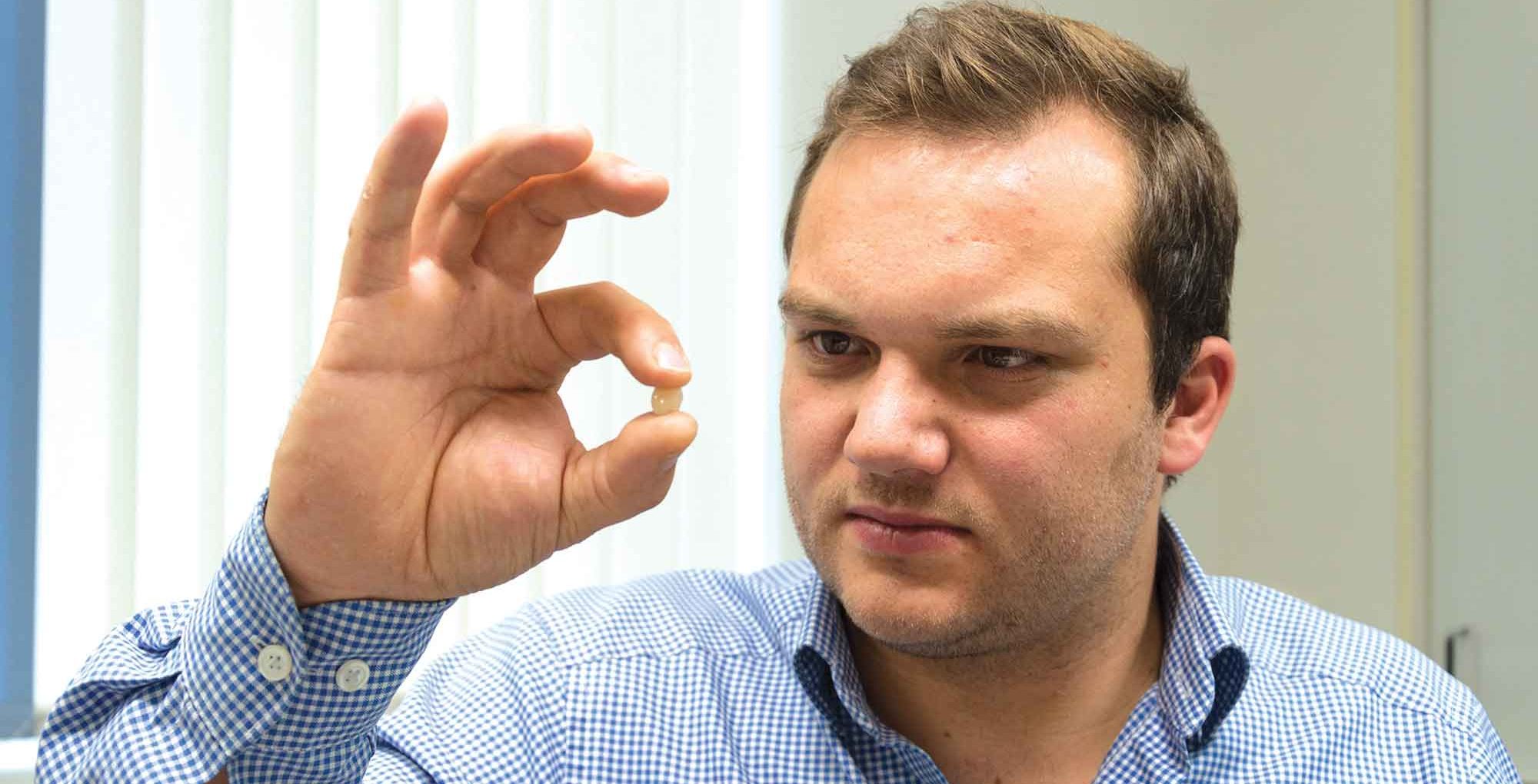 Benjamin Schick shows how hybrid ceramics make economic success possible for the dental laboratory.
Benjamin Schick shows how hybrid ceramics make economic success possible for the dental laboratory.
Introduction
What good is the most beautiful restoration if it is not economical? For dental technician and laboratory manager Benjamin Schick, craftsmanship and artistry form the basis of success for a dental laboratory. However, he also advocates for never losing sight of the economic aspects. For this reason, after completing his training as a dental technician, he pursued a degree in business administration before taking over and economically reorganising his parents’ dental laboratory four years ago. The reorganisation established a new digital workflow. In this interview, Benjamin Schick talks about his experiences with the hybrid ceramic Vita Enamic and its economic impact.
You have always attached an importance to the economic aspects of your practice and your supply concepts. How have you reacted to the market here?
As an entrepreneur, you always have to keep an eye on the market. And I do not see a dental laboratory solely as a workshop. For me, we must clearly identify the economy of every supply concept. When profitability is ensured, then there is more opportunity for creativity. Due to its economic efficiency, the market is demanding more and more monolithic restorations in the posterior region. However, the manually fabricated non-precious solid crown can no longer compete with CAD/CAM-based monolithic restorations. The production chain with waxing-up, casting and finishing is simply too time-consuming and material-intensive.
The hybrid ceramic Vita Enamic is a top monolithic product in your laboratory. Why is this innovative material so interesting for a dental laboratory?
The development plan for hybrid ceramics is special. We…
This Content is Exclusive to Dentistry Club Members
The Dentistry Club is free to join and lets you access our premium content including cutting edge editorial, leading clinical cases and the biggest stories in dentistry.
Get Started

